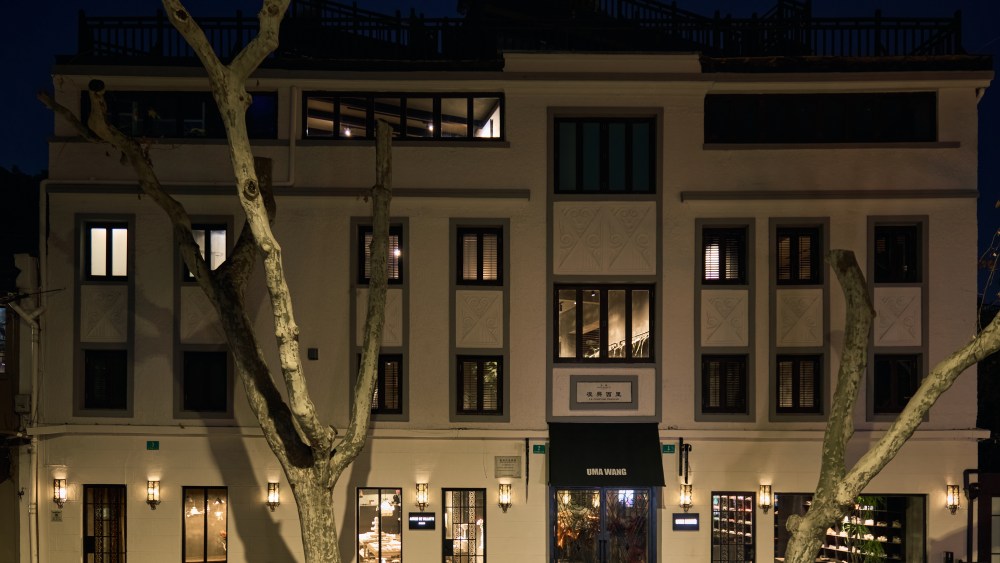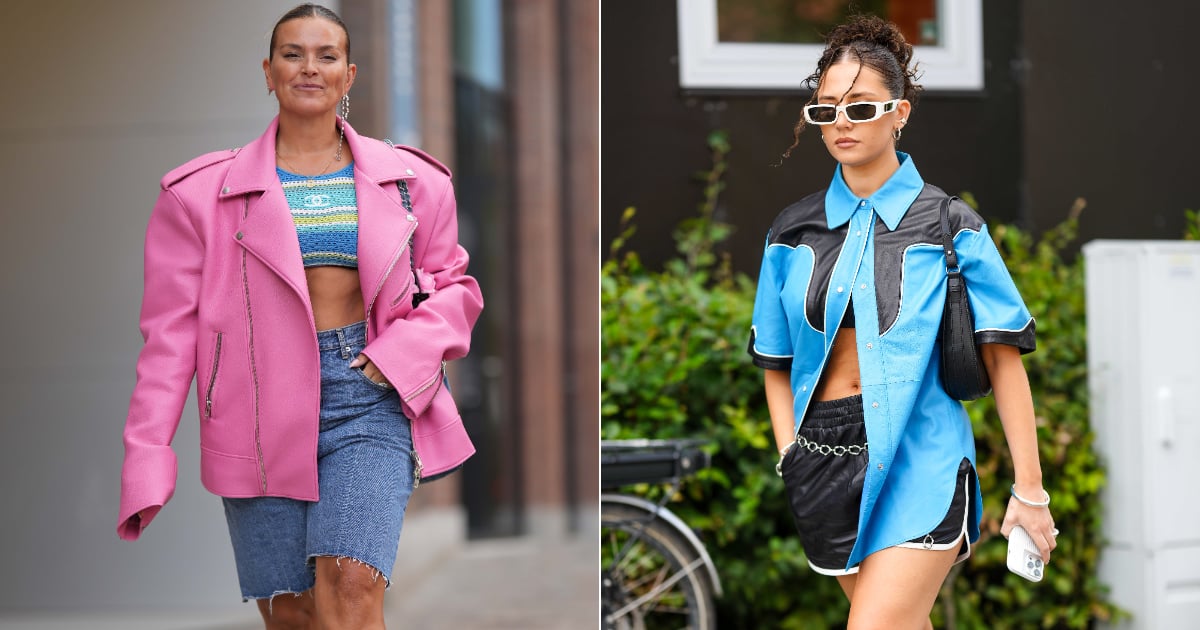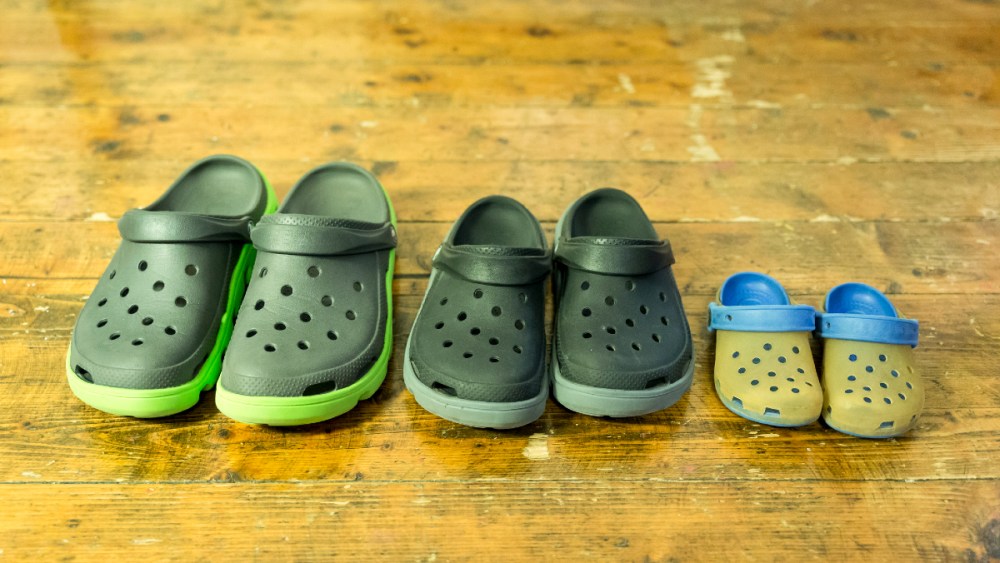Uma Wang, the founder of her namesake brand, wants to live in her store, along with all eight of her cats.
The celebrated Chinese designer’s latest Shanghai retail project was ten years in the making. She opened one of her first retail outposts in the same building. When the neighboring tenants left last year, she decided to take over all four stories.
The 13,000-square-foot Maison Uma Wang now includes a retail store, a cafe, an art gallery, an al fresco terrace, and an Astier de Villatte store — the first for the artisanal French ceramics brand in China.
The flagship will become the 15-year-old fashion label’s 15th unit in the Chinese market. With a studio based in Shanghai, the company also ships to more than 140 points of sale in Europe. Wang’s collections have been entirely made in Italy since 2017, when production moved to the country thanks to a license with Olmar and Mirta, a fashion apparel production company based in the Lombardy region.
You May Also Like

The emporium’s imposing Art Deco storefront, one of the largest villa houses on the street, is located within the tourist-friendly Former French Concession area, which has recently witnessed a South Korean tourism boom due to a recent visa waiver program. According to Trip.com, a popular online booking website, inbound bookings from South Korea for the Lunar New Year holiday recently jumped 452 percent.
A highly personal endeavor, Wang said that the Maison store has to feel like “an ‘Uma Wang church,’ where people can gather and inspire each other,” she said.
“Online shopping has made things easy but also gave us total brain-melt; I don’t think God created us so we can move our fingers on a smooth screen. We were created to feel, to smell, to touch, to interact, and I felt that I had a responsibility to reawaken that sensibility,” said Wang of the new store.
“I never think about brand strategies, it’s truly a miracle that we lasted this long. I just believe that if you give what you have and that’s something that strikes a chord with people on a deep level, that’s good business. When your brand is irresistible, it’s good business,” Wang continued.
The space exudes a mood of contemplation and mystery. Wang designed it to exalt exposed brick walls, iron stairwells, wood, and dramatically draped curtains that echo the designer’s love of mixing different textures and periods, particularly the Renaissance and the Post-industrial Age. Case in point — an entryway passage with checkerboard walls, which resemble Uma Wang’s signature print, was created by Danilo, a local vendor that was responsible for renovating Prada Rong Zhai. Other signature fixtures within the store include Gothic prayer chairs, Victorian chandeliers, and a painting by Evgeniya Pankratova.
The first floor of the shop is home to Uma Wang’s leather goods, its popular footwear collection, a special collaboration with Oberflacht, the artisanal German candle label, and a Uma Wang Caffe. For Wang, the cafe space is meant for VIP shoppers “to linger, to share their experience wearing Uma Wang with each other, and to give our team some feedbacks,” she said.

On the left wing of the ground floor is the Astier de Vaillate store. Wang, who fell in love with the brand more than 10 years ago, said she pursued it relentlessly to seal the deal. “It came down to the history of the architecture, the neighborhood, its link to French culture — I told them the story of how the Cordier Apartments, which is around the corner, was created by a French Sinologist,” said Wang.

The second floor is dedicated to Wang’s men’s and women’s ready-to-wear collections, a collaboration with Goti, the Italian jewelry label, as well as Rigards Eyewear, another longtime collaborator of Wang’s.
A sense of serenity is expressed with a sanctuary-like event space on the third floor. With a cozy linen couch as its centerpiece and a mezzanine kitchen, Wang said that she has plans to occasionally live in the space — once she figures out how to relocate all eight of her cats.

Ouside Wang’s future apartment is an exhibition by the Chinese female artist Guan Chun. Titled “By Your Side,” the exhibit features portraits of Wang, as well as the designer’s friends, alongside their furry companions.

The retail project, dotted with personal flair, is also a gradual unveiling of Wang’s ambition to expand into homewares, starting with goods such as couch cushions and throws. All vintage furniture within the store is available for purchase.
Another collaboration, this time with a Chinese beauty brand called Totemist, will land in the store next season.
“I like being eclectic, being a little messy, and taking a laid-back approach with lifestyle goods. It’s about mixing the old, the new, the oriental, the European, the forgotten crafts, and the regal,” added Wang.



